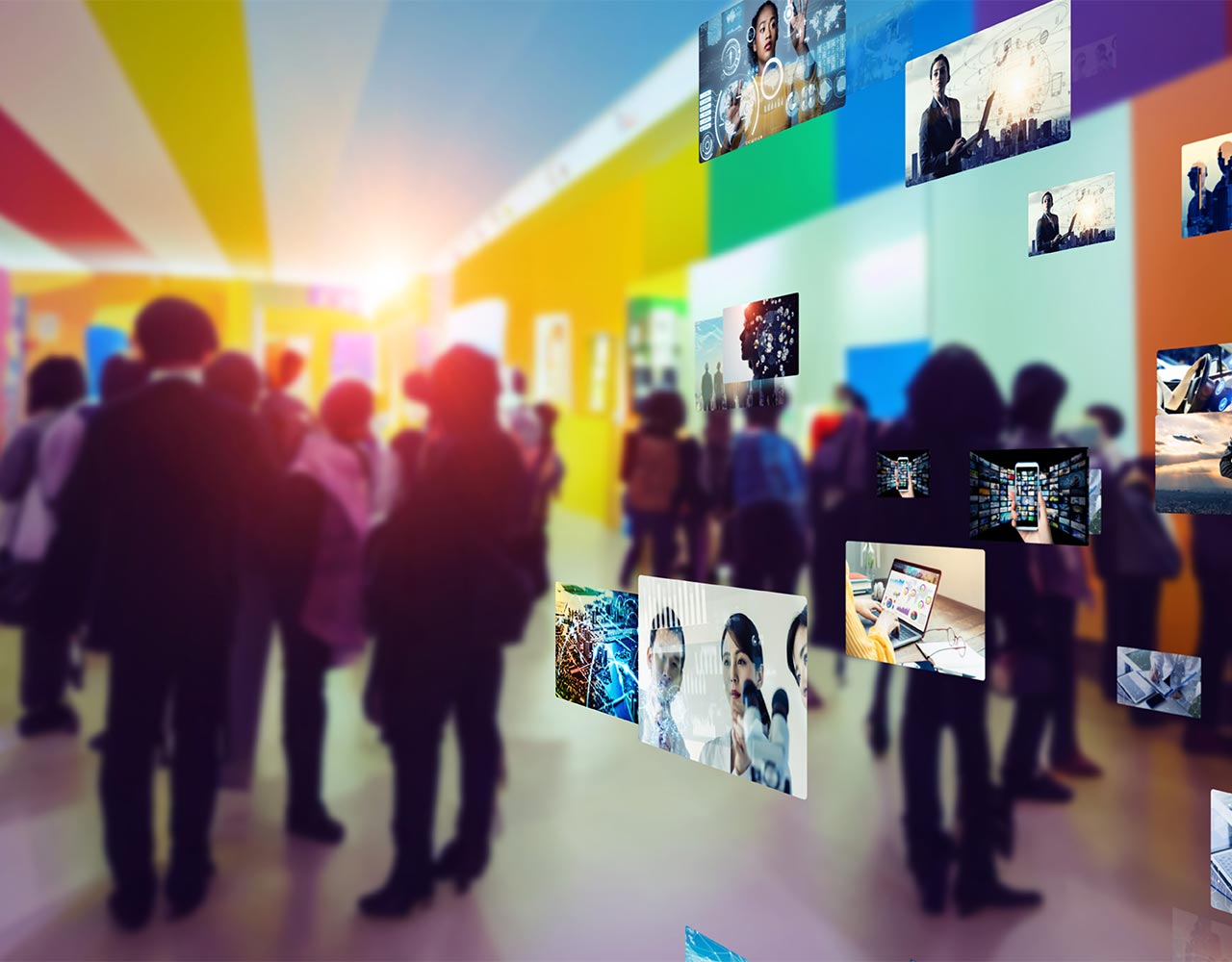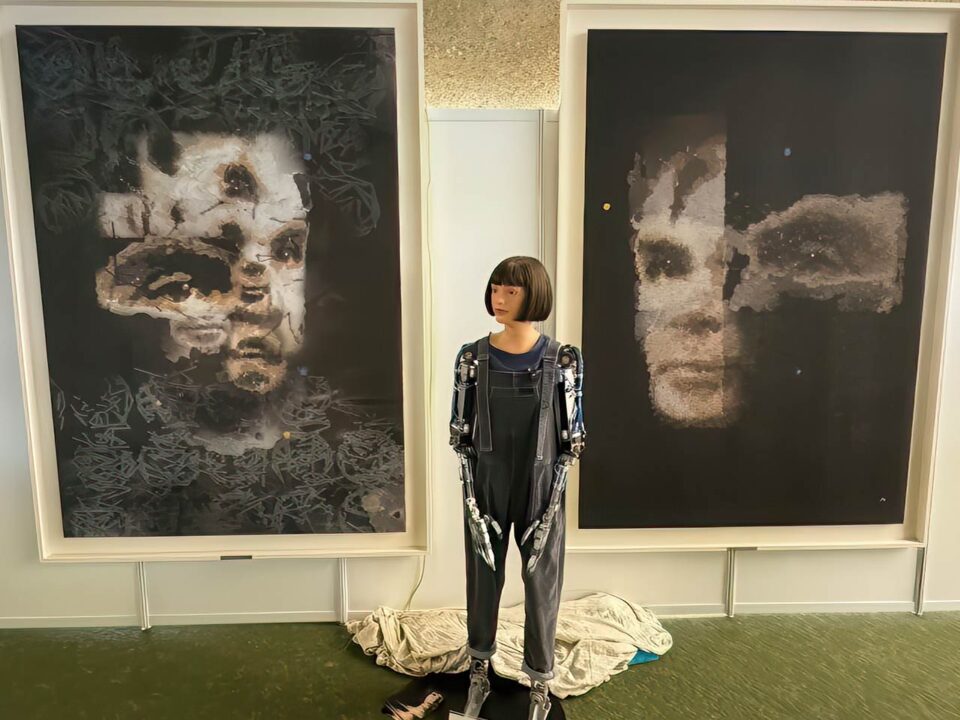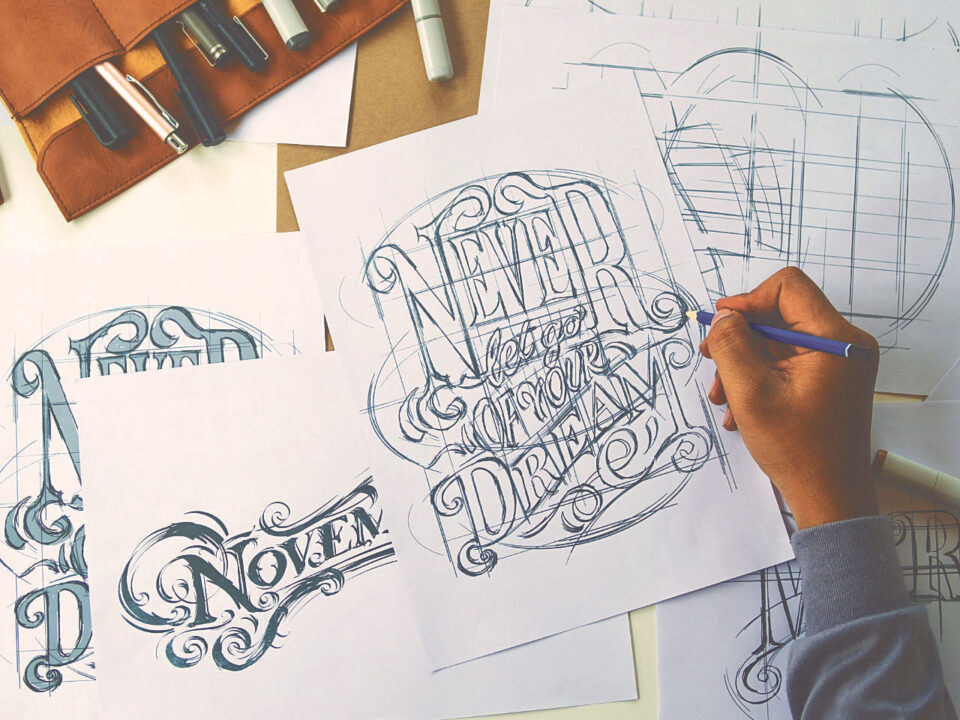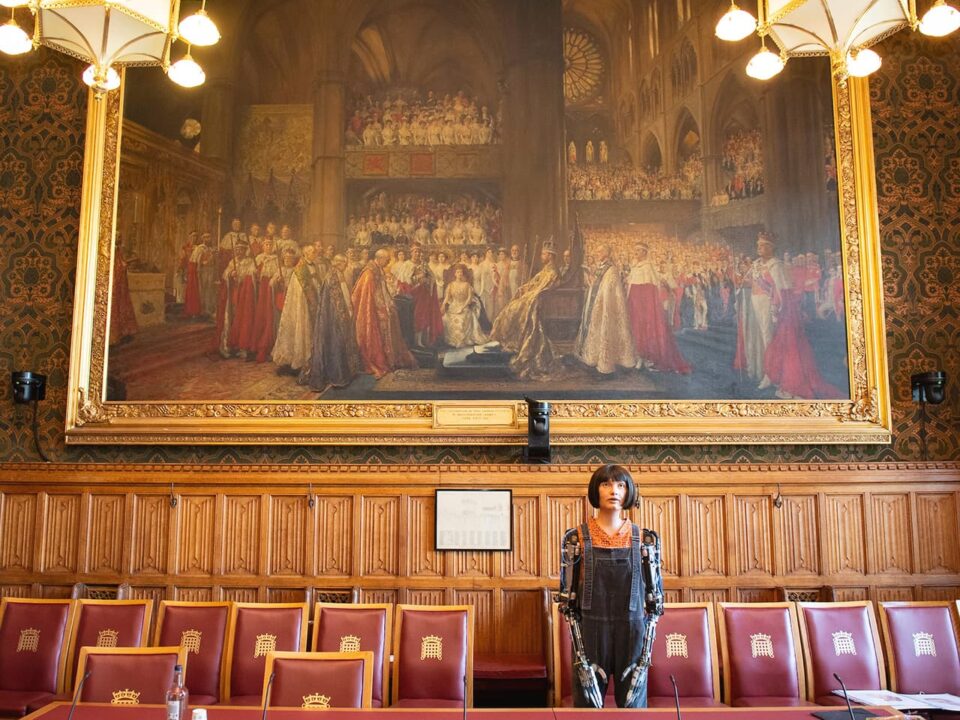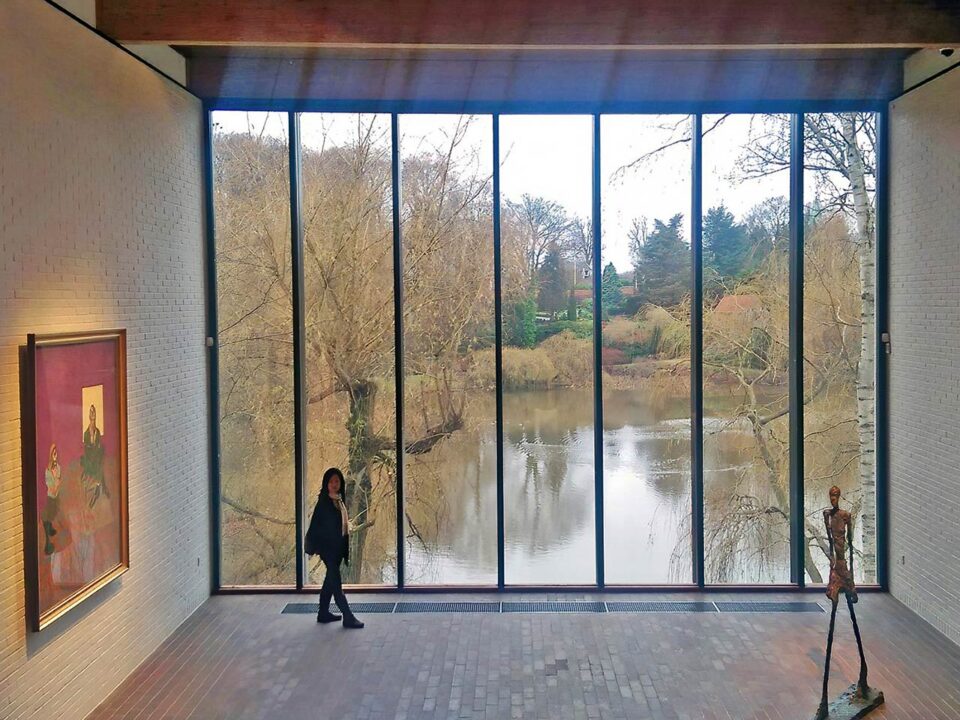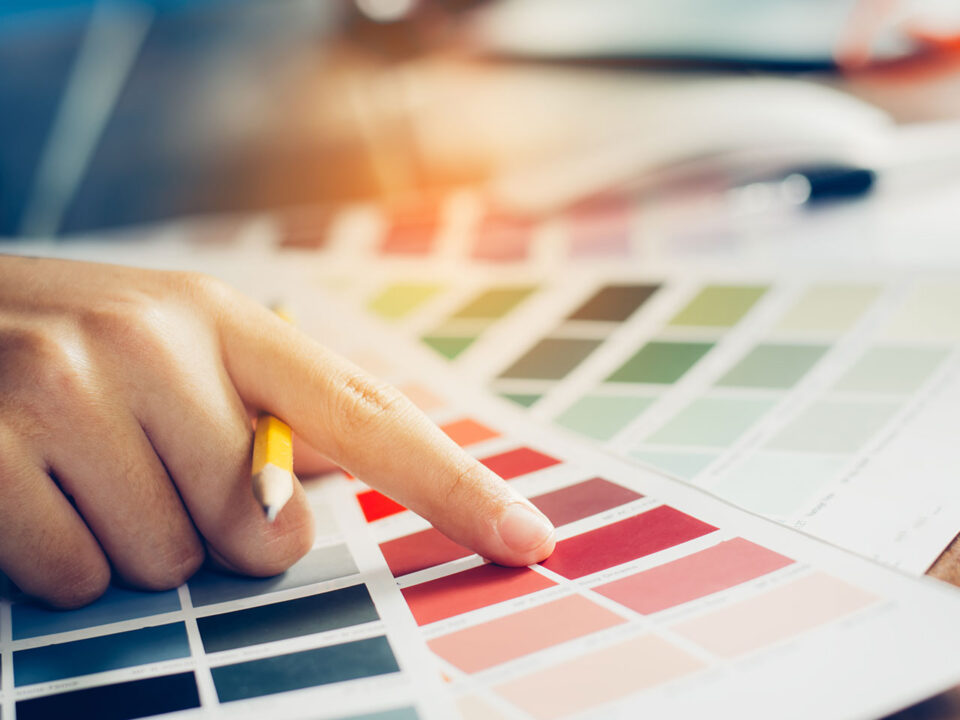The boundaries between art, media, and design have never been more fluid. As digital technology reshapes the creative landscape, artists and designers are blending disciplines, leading to groundbreaking innovations in art media design. From immersive installations to AI-generated art, the digital age is transforming how we create, consume, and interact with art.
The Evolution of Art Media Design
Historically, art and design were distinct fields. Art was seen as expressive and personal, while design focused on functionality and communication. However, as technology advanced, the lines blurred. Today, digital tools enable artists to design, and designers to explore artistic expression. This fusion has given rise to new media art, a practice that incorporates digital technology into creative works.
A perfect example of this is the rise of multimedia art, which combines multiple forms - such as video, sound, and interactive elements - into a single experience. Multimedia artists leverage technology to push the boundaries of traditional media, creating experiences that engage audiences on multiple sensory levels. This integration allows for an entirely new form of storytelling, where visuals, sound, and interactivity merge to create compelling narratives.
The Role of Digital Art in Contemporary Culture
Digital art is at the forefront of this transformation. From graphic design to AI-generated paintings, digital tools allow creators to experiment with form, color, and interactivity in ways previously unimaginable.
For instance, platforms like Artnet showcase how digital artists are leveraging blockchain technology to create and sell NFTs, redefining ownership and value in the art world. Meanwhile, museums and galleries are integrating digital elements into exhibitions, using projection mapping and AR to create immersive experiences.
Another key development in digital art is the use of generative design. This process, powered by artificial intelligence, allows artists to create unique works based on algorithms. These generative art pieces highlight the evolving relationship between human creativity and machine intelligence. Artists such as Refik Anadol use AI to generate large-scale digital installations that change in real time, engaging audiences in unprecedented ways.
New Media Art and the Rise of Interactive Design
New media art goes beyond traditional visuals, incorporating elements like motion, code, and even audience participation. A prime example is interactive design, which merges aesthetics and function to create engaging user experiences. Whether in website design, virtual reality, or digital installations, interactive elements transform passive viewers into active participants.
A striking example is the work of teamLab, a collective of artists, engineers, and programmers who create immersive environments that respond to human movement. Their interactive installations exemplify how new media art is redefining audience engagement.
Another significant development in interactive design is the rise of augmented reality (AR) and virtual reality (VR). AR and VR technologies allow for entirely new ways to experience art, whether through mobile applications, museum exhibitions, or digital installations. Companies like Adobe have been integrating these technologies into creative software, allowing artists and designers to push the limits of their creativity.
How Contemporary Art Trends Are Shaping the Digital Space
Today’s contemporary art trends reflect this shift towards digital and interactive experiences. Artists are exploring themes of technology, identity, and virtual spaces, pushing the limits of what art can be. Social media has also become a major platform for contemporary artists, allowing them to reach global audiences instantly.
MoMA and The Whitney Museum regularly feature contemporary digital artists, showcasing works that challenge traditional definitions of art. From AI-generated portraits to generative design, these exhibitions highlight how contemporary art trends embrace technological advancements.
One of the most exciting aspects of contemporary digital art is its accessibility. Unlike traditional art forms that require physical space, digital art can be shared and consumed anywhere. This has led to the rise of online galleries and virtual exhibitions. Institutions like Google Arts & Culture have digitized thousands of works, making art more accessible than ever before.
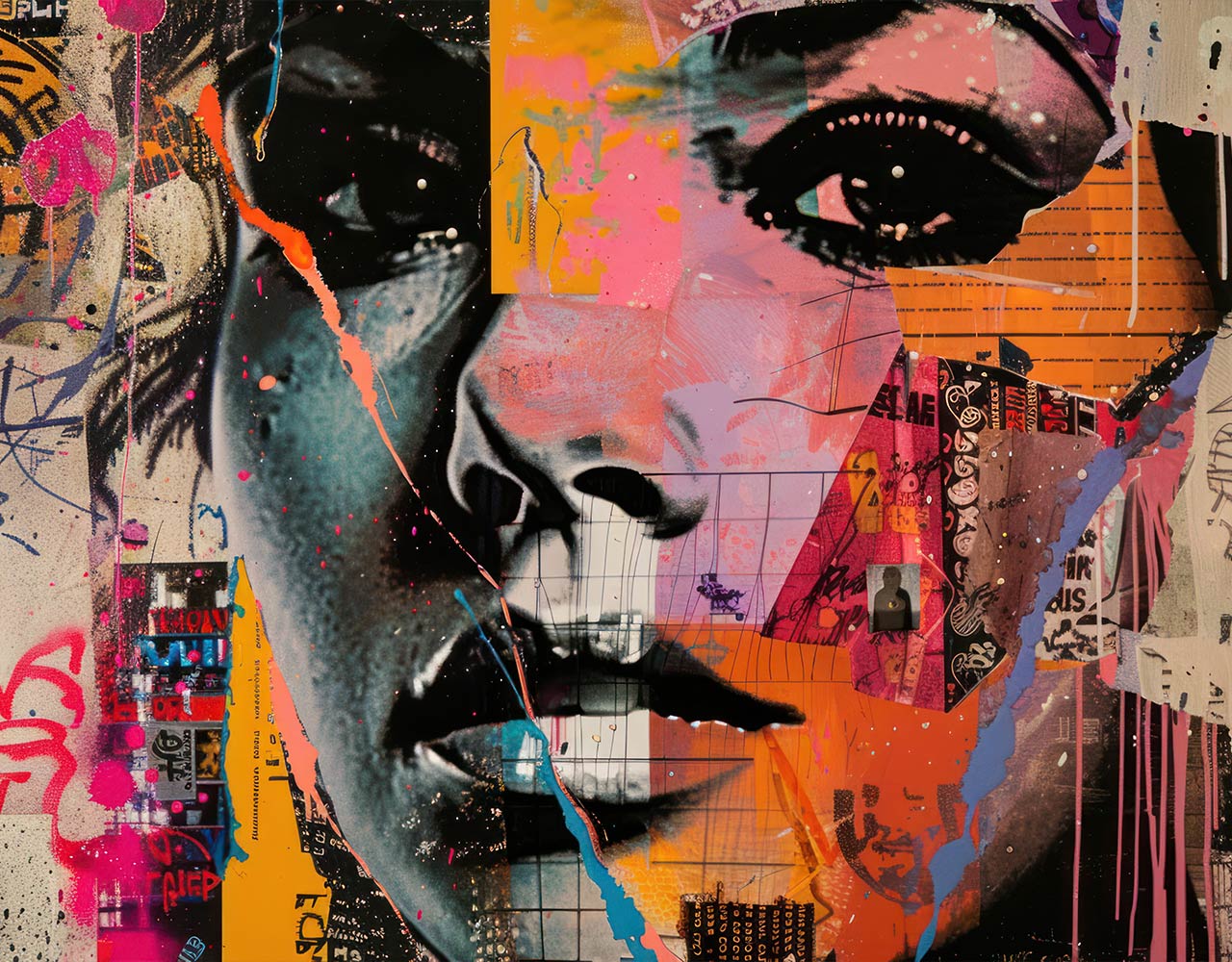
Urban collage with street art, graffiti, and cityscapes, generated with AI by Reddish – stock.adobe.com
The Fusion of Art and Technology in Everyday Life
Art media design is not confined to galleries and exhibitions; it is increasingly shaping everyday experiences. Graphic designers use interactive design principles to create user-friendly websites and applications. Filmmakers incorporate digital effects to enhance storytelling. Even architecture is evolving with the integration of generative design, where AI assists in creating sustainable and visually stunning structures.
Brands are also leveraging art media design to create compelling marketing campaigns. Companies use immersive digital experiences to engage consumers, blending visuals, sound, and interactivity to create memorable brand narratives. Interactive advertisements, AR filters, and virtual fashion shows are just a few examples of how brands are integrating digital art into their strategies.
The Future of Art Media Design
Looking ahead, the intersection of art, media, and design will continue evolving. Technologies like AI, VR, and AR will further push creative possibilities. Institutions like Rhizome, which supports digital art and new media, are at the forefront of this transformation, funding and archiving groundbreaking works.
As technology continues to advance, new tools and platforms will emerge, empowering artists and designers to push the boundaries even further. The rise of artificial intelligence in the creative field will raise important questions about authorship and originality. Will AI-generated art be considered equal to human-created works? These debates will shape the future of digital art and design.
As artists and designers continue to innovate, one thing is clear: the fusion of art, media, and design is not just a trend - it’s the future of creative expression.
How do you see digital technology shaping art and design?
Featured photo: People viewing an exhibition and digital content in a virtual museum. Collage by Metamorworks.
That's it for today! If you're interested in more design insights, make sure to check out other posts here on Art+Media+Design.
